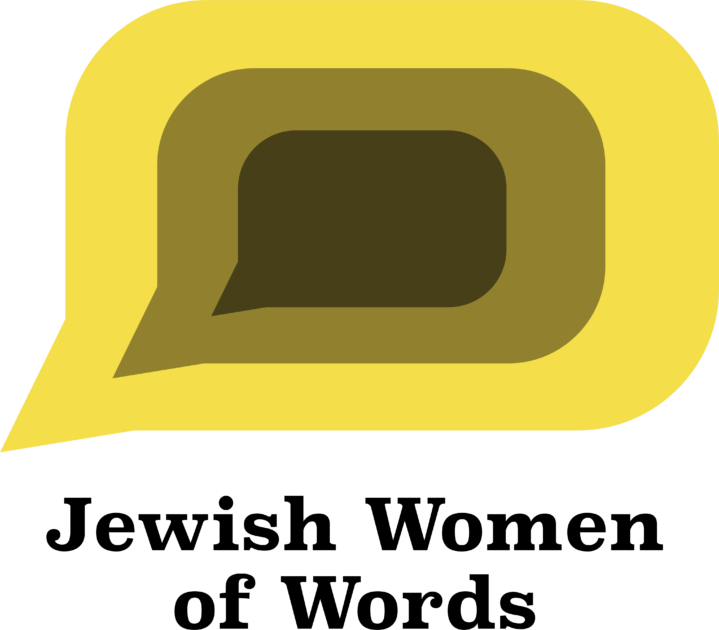Rebecca Forgasz was the Director & CEO of the Jewish Museum of Australia for nearly ten years. This extract of her recent farewell lecture, Ten tantalising tales: stories from our collection, is part of a series published here to mark the High Holidays. In each instalment Rebecca reflects on the personal, collective and cultural significance of objects and the collections that house them.
Ten Tantalising Tales # 7 Dunera collection
At the end of August 1940 the Hired Military Transport Dunera, a boat carrying around 2,500 European male internees, arrived in Australia. The majority of the men were German or Austrian Jews who had escaped Nazi Europe. When Britain declared war on Germany, they were classified as ‘enemy aliens’ and they were deported to Australia without their families. After two arduous months at sea under terrible conditions, these deportees finally arrived on Australian shores. They were interned in camps near Hay and Orange in NSW and Tatura in Victoria.
The ‘Dunera Boys’ as they became known represented the cream of intellectual and cultural life from the great cities of Berlin and Vienna, and included musicians, artists, philosophers, scientists and writers. The internees established an unofficial university, libraries and orchestras, and they held concerts and theatre performances, published a newspaper and even minted a currency for use inside the camp.
Our collection – one of most significant collections of Dunera material in Australia – brings together objects, personal effects and documents relating to the journey, internment and subsequent military service of some of the Dunera Boys in the 8th Employment Company – a non-combatant battalion of the Australian army – as well as artworks and poems created by the internees during their interment, which express the inner thoughts and feelings of the men and document the daily life in the camps.
Although some internees were released after two years because they possessed specific industry skills which would aid the nation, others were interned for the entire duration of the war. Following their release in 1941 about 900 chose to remain in Australia, making a significant contribution to the nation’s economic, social and cultural life. An article published in the Sydney Morning Herald, 19 May 2006, stated that “Their arrival in Australia — after a 57-day journey in appalling conditions — was seen as the greatest injection of talent to enter Australia on a single vessel.” And the former Governor General Bill Hayden once said that Australia owes a huge debt of gratitude to the Dunera Boys.
Shown here is a small selection of objects from our Dunera collection, on display in Calling Australia Home:
- A woodcut by Ludwig Hirschfeld Mack – an artist and teacher who studied at the Bauhaus under Paul Klee and Wassily Kandinsky
- A cigarette tin with pencil stubs – shows how determined and resourceful the internees were, using every scrap of materials they could get hands on; the pencils are sharpened right to the end of their use
- A channukiah, made by Georg Chodziesner from a kerosene tin cut with nail scissors to celebrate Channukah in 1940 in the Hay internment camp – his son, Ben, donated this, together with other objects and a substantial collection of documents – to the Museum; he used to come in to the Museum every week to translate and catalogue them (he recently passed away).
- A haggadah – written from memory by Elchanan Loebenstein and copied for internees for the celebration of Pesach in 1941.
These items are an extraordinary testament to the human spirit and to the determination of these men to retain Jewish culture and practice even under the most difficult circumstances.



Comments are closed.